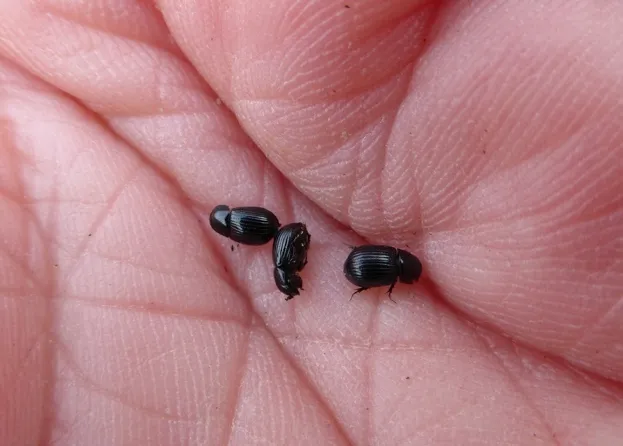When entomologists Darren Mann and Dr Ceri Watkins visited Ainsdale Dunes near Liverpool they didn’t know they were in for a big surprise.
The pair went there to look for rare dung beetles, but with no great expectation of success.
Much to their surprise, they found Amoecius brevis, last seen in the UK in 1996.
In fact, this particular dung beetle had been declared as ‘possibly extinct’ in this country, as no further records of the species had ever been found, despite intensive searching.
"Finding the first beetle genuinely left me speechless and stunned for about five minutes,” says Darren Mann from the Oxford University Museum of Natural History, “after which I think I used numerous expletives!”

A total of seven A.brevis individuals were found in two areas of the dunes, which are renowned for their insect fauna.
The beetles feed on rabbit dung in that location, but across Europe they feed on old and dry dung from a range of herbivores, such as cattle, moose and horses.
“The years of searching were well worth the effort to see this species alive and well in the UK,” says Mann. “As with many of our insects, we don’t completely understand the biology, ecology and reasons for a restricted distribution.
“This work was in part to try and establish some baseline data.”

The scientists were also hoping to find Rhysothorax rufa beetles but unfortunately their luck wasn’t in with that other Critically Endangered species.
It was last seen in 2005, and is one of the hardest dung beetle species to find as, despite its popular name, it doesn’t actually feed on dung.
The survey was undertaken as part of the Tanyptera Project.
Main image: The Critically Endangered A.brevis species. © Darren Mann/Oxford University

